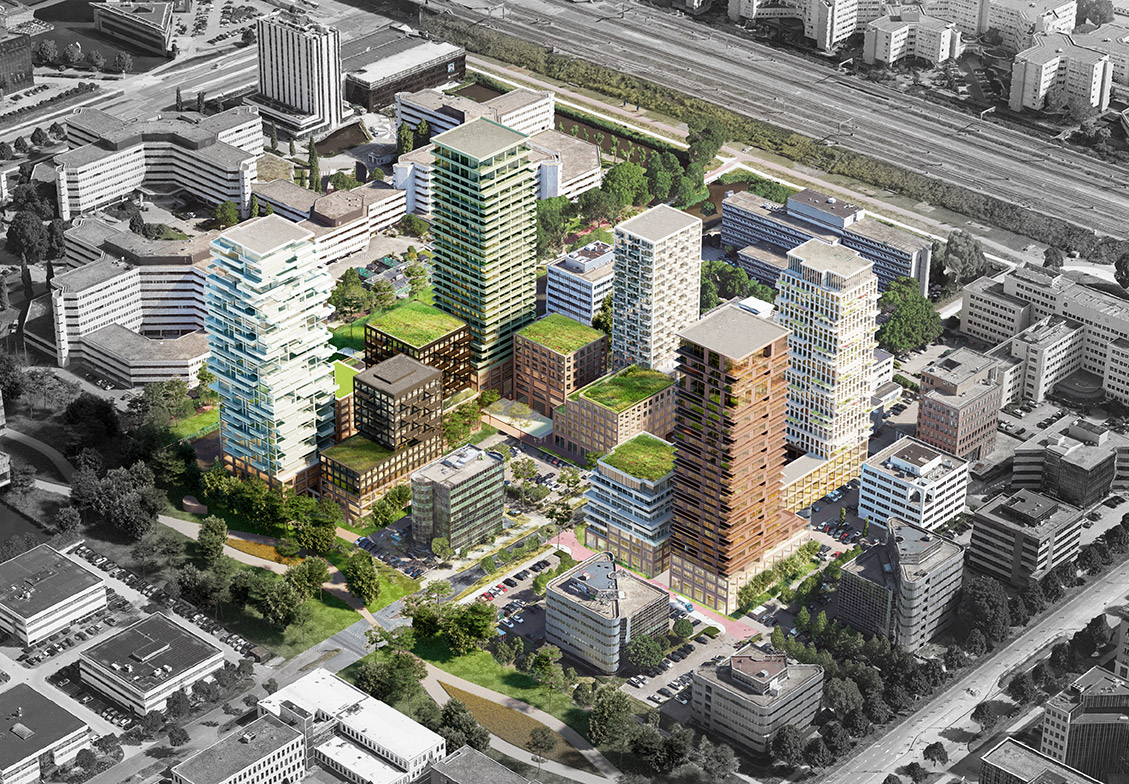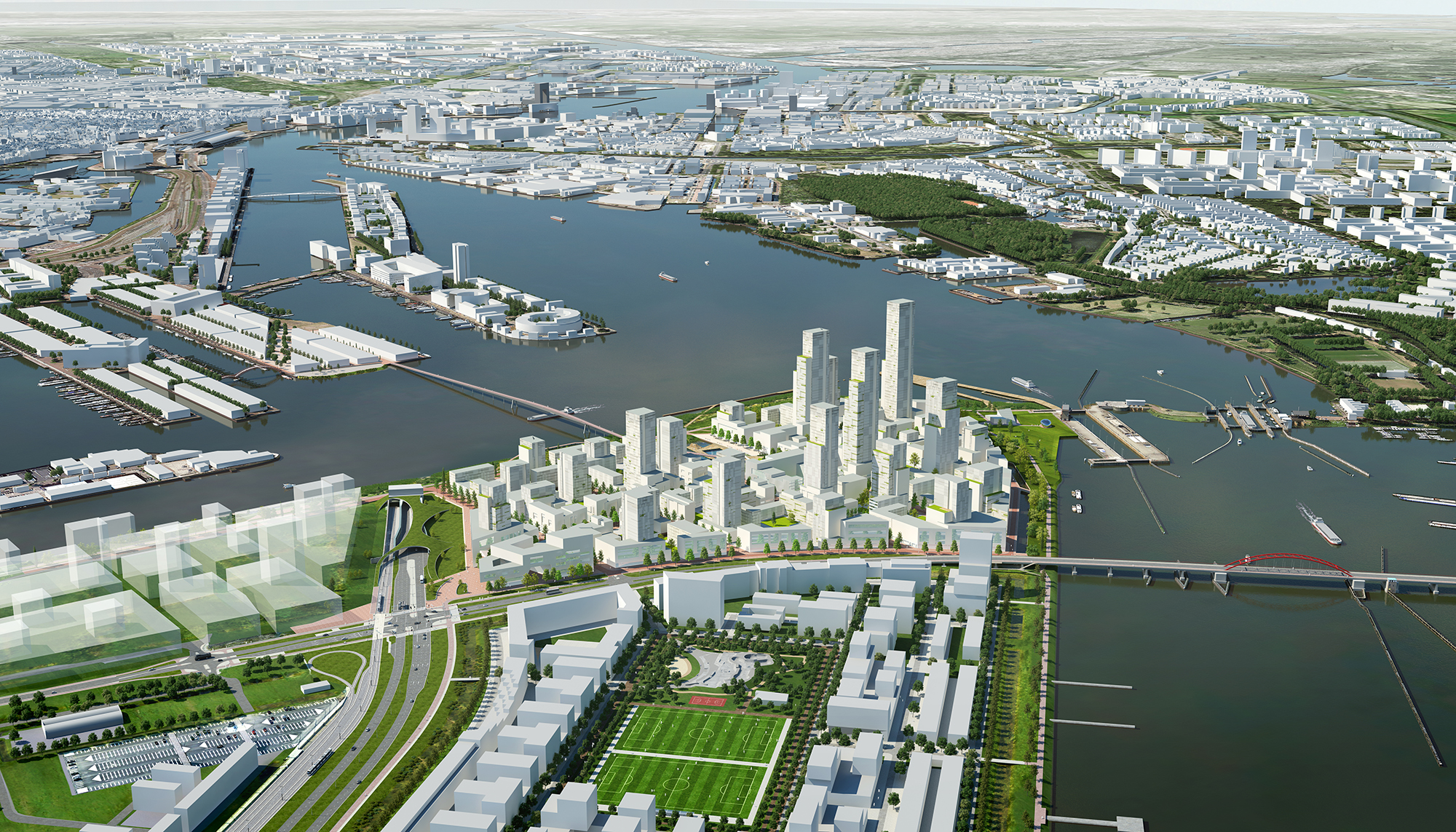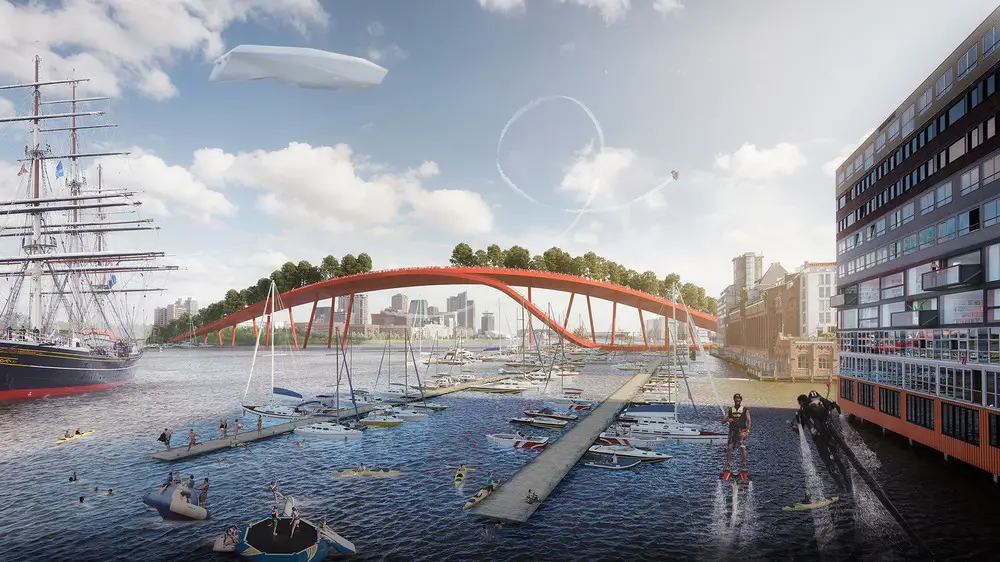The Skyline Transformation: A New Era for Amsterdam
In recent years, Amsterdam's skyline has been undergoing a significant transformation. The Zuidas district, often referred to as the "Financial Mile," is a prime example of this change. Here, modern high-rises like the 165-meter tall "Zuidasdok" tower are reshaping the city’s silhouette. This development is part of a broader trend where Amsterdam is accommodating its growing population and business needs while maintaining its historical charm.
Preserving the Past: The Role of UNESCO

Amsterdam's city center is a UNESCO World Heritage site, which imposes strict regulations on new constructions. These regulations ensure that any new development respects the historical architecture that defines the city. For instance, the renovation of the Rijksmuseum, completed in 2013, was a project that balanced modern needs with historical preservation, maintaining the museum's iconic 19th-century facade while updating its interior for contemporary use.

Innovative Solutions: Integrating Modern Architecture

Architects in Amsterdam are finding innovative ways to integrate modern architecture with the city’s historical landscape. The Eye Film Institute, located on the IJ waterfront, is a striking example. Its futuristic design contrasts with the traditional buildings across the river, yet it complements the city’s commitment to cultural and architectural diversity. This approach allows Amsterdam to expand and modernize without losing its unique character.
Community Involvement: A Collaborative Approach
Community involvement plays a crucial role in Amsterdam's urban development. The city government actively engages with residents through public consultations and workshops. This collaborative approach was evident in the development of the NDSM Wharf, a former shipyard turned creative hub. Here, local artists and entrepreneurs were involved in the planning process, ensuring that the area reflects the community’s needs and aspirations.
Challenges and Future Directions
Despite these efforts, Amsterdam faces challenges in balancing growth with heritage preservation. The demand for housing and office space continues to rise, putting pressure on the city to expand vertically. However, initiatives like the "Green Roofs" project, which encourages sustainable building practices, show promise in addressing these challenges. By promoting eco-friendly construction, Amsterdam aims to create a sustainable urban environment that respects its historical roots.










